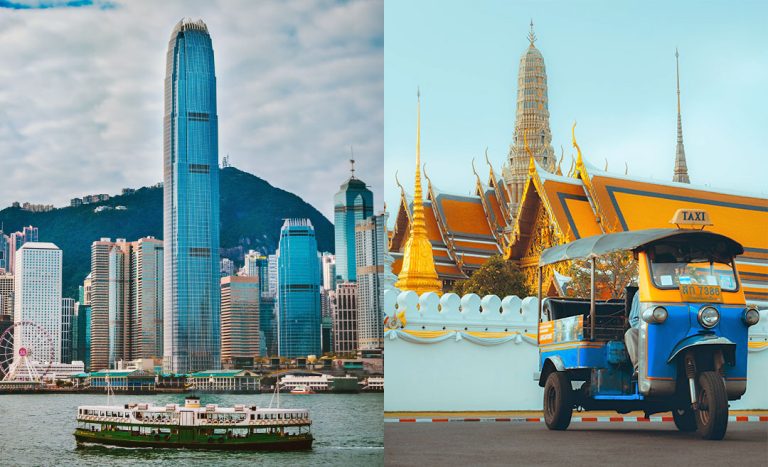There’s light at the end of the tunnel. COVID-19’s grasp is loosening and the world will once again be your oyster. So, get your passports and credit cards ready, because it’s time to start planning a trip abroad!
Hong Kong opens borders
For the first time in more than two years, Hong Kong will lift its ban on non-residents entering the city, a small step toward easing the island city’s tight coronavirus restrictions that have made it one of the world’s most isolated locations.
On Friday, the government released a statement outlining plans to relax restrictions in May as coronavirus infections begin to settle.
Under the new protocol, a fast COVID-19 test will be administered at the airport, and those who are negative will be directed to a designated hotel for quarantine for seven days.
PCR tests must be negative 48 hours before departure, and a recognised vaccination certificate is also required. A confirmation of their reservation and payment for accommodation at the quarantine hotel is also a prerequisite.
In addition to immunisation records and test results, all visitors to Hong Kong must fill out a health declaration form. Passengers will receive a QR code after completing the form, which can be scanned at the airport to gain entrance.
As for rules on airlines carrying sick COVID-19 patients in Hong Kong, they will be allowed to carry up to five contaminated passengers instead of three. A seven-day ban on individual airline routes will be reduced to five days.
More information on entry requirements to Hong Kong can be found here.
Thailand scraps the PCR
Meanwhile, Thailand’s Centre for COVID-19 Situation Administration (CCSA) has approved the removal of RT-PCR testing requirements for international arrivals. In addition, two new admission procedures have been implemented — one for travellers who’ve had vaccinations and the other for those who’ve not.
Travellers must still register themselves on Thailand Pass under the new guidelines.



